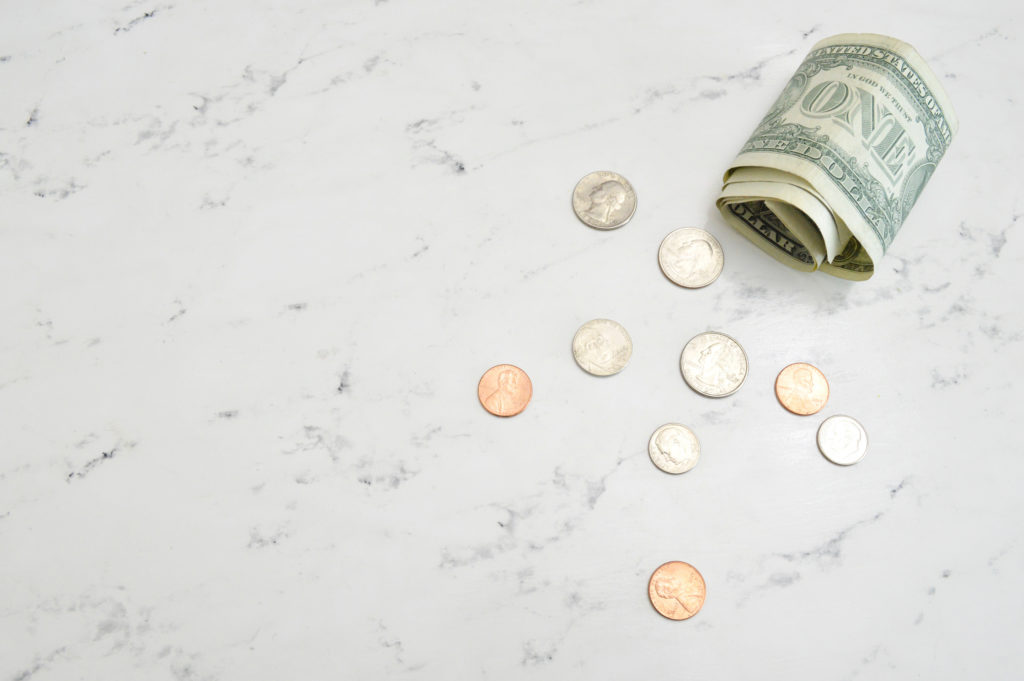While making a larger down payment on a home can lower your monthly mortgage bill and help you build equity faster, putting too much down could leave you without enough cash for home maintenance—or anything else.
Here, NerdWallet explains how to determine the proper amount to put down on a home by balancing the advantages of boosting the down payment against the need to hold back money for urgent upgrades, life’s emergencies and having some fun with your new home.
1. Consider the effect of a higher down payment
It’s important to calculate how different down payments can affect a monthly mortgage payment. Some lenders require only 3 percent down for conventional home loans, which makes getting in the door easier, but means assuming more debt than with higher down payments.
Many borrowers ask if they should scrape together a little more, such as 5 percent versus 3 percent, but that probably won’t make enough difference in the monthly mortgage payment to justify doing so if it leaves them strapped. The need for post-closing cash is always greater than people expect, but a higher down payment can make a significant difference if it means lowering or avoiding mortgage insurance.
The insurance, which can involve upfront and monthly fees, protects the lender if the borrower defaults. Depending on the type of loan, making a higher down payment may eliminate some of that expense, if not all of it.
2. Borrow with care
When deciding on down payment size, you should consider its effect on other aspects of your financial plan. Twenty-nine percent of homeowners ages 21 to 34 borrowed from retirement accounts to help fund down payments, according to the Bank of the West’s 2018 Millennial Study. But the decision to do so shouldn’t be taken lightly. Borrowing from a 401(k) is particularly risky.
After a job loss, the loan must be repaid by the next tax filing deadline or it’s taxed as ordinary income, with a 10 percent penalty if the withdrawal is taken before age 59½. Using a Roth IRA to boost a down payment is a better option because there are no taxes or penalties on withdrawals of contributions. First-time home buyers who have contributed to a Roth for at least five years can withdraw up to $10,000 of earnings on the contributions, tax- and penalty-free.
3. Expect the unexpected
Thirty-four percent of recent first-time buyers say they no longer felt financially secure after buying their current home, according to NerdWallet’s 2019 Home Buyer Report, based in part on a survey of 2,029 adults by The Harris Poll for NerdWallet. To maintain security, resist draining your savings for the down payment and closing costs. Leave some for emergencies, such as a car breakdown.
To minimize surprises, review the home inspector’s report and negotiate repairs with the seller before purchasing, and budget for immediate upgrades, such as fencing the yard for your dog. Include some cushion. Finally, leave some cash for fun stuff, like furniture.



